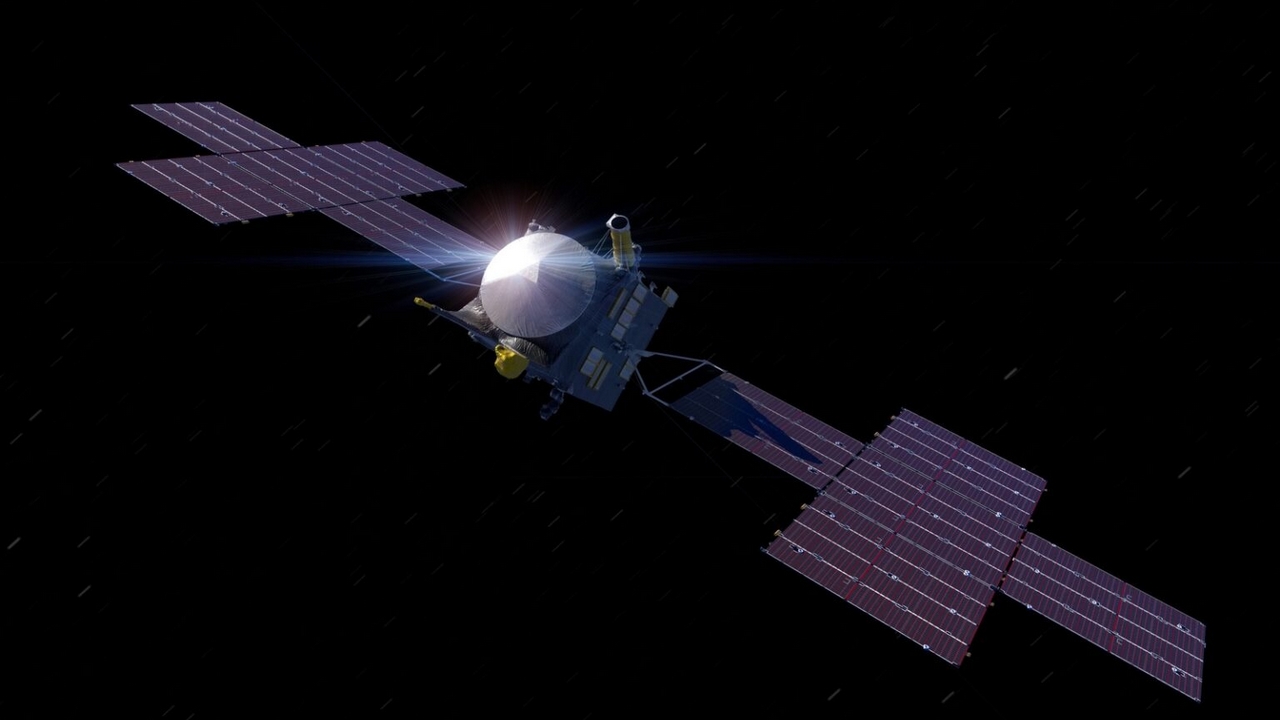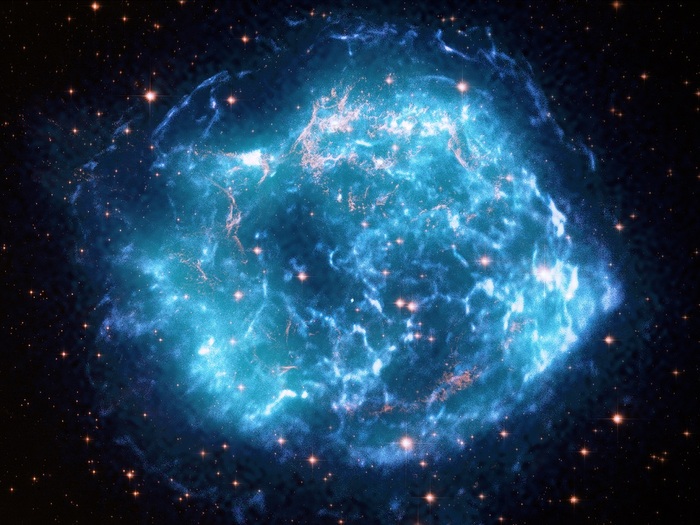Launched just over 10 months ago to study the extreme phenomena of the universe, the NASA and Italian Space Agency (ASI) Ixpe Space Telescope has already achieved the first results: after opening its ‘eyes’ in January and taking its first image in February, Ixpe has made it possible to measure and map Map for the first time of the polarization of X-rays emitted by the remnant of a star that exploded about 11,000 years ago, Cassiopeia A (Cas A).
The results, published in The Astrophysical Journal, will allow to explain the role of magnetic fields in producing high-energy radiation in the supernova remnant. The study, which sees Jaco Fink of the University of Amsterdam as the first author, was conducted with primary participation from Asi, the National Institute for Astrophysics (INAF), the National Institute for Nuclear Physics (INVEN) and the University of Pisa, Florence, Turin, Roma Tree, Roma Tor Vergata and Padua.
The Ixpe mission is entirely devoted to studying the universe through the polarization of X-rays, that is, their oscillation along a specific plane during propagation. To do this, Ixpe uses three on-board telescopes with detectors funded by ASI and developed by a team of scientists from INFN and INAF, with industrial support from Ohb-Italia.
The first scientific observations of Ixpe focused on Cas A, the remnant of a starburst whose light should have reached Earth about 350 years ago. Telescopes carefully monitored this source for more than a month, aiming to understand the origin of the X-rays emitted from different filaments of the nebula through collisions of emitted material with the gas and dust that surrounded the progenitor star. . Ixpe’s observations in particular show that magnetic fields associated with X-rays, which are produced near impact fronts, tend to maintain a radial arrangement: this property would be related to the fact that X-rays are produced in highly turbulent regions, where magnetic fields are strongly mixed.
“This study exemplifies everything Ixpe brings back to astrophysics,” says Riccardo Verazoli, study co-author and researcher at INAF in Rome. “Not only for the first time are we getting information about X-ray polarization, but this information is being resolved spatially: that is, we know how it changes in different regions of the supernova. This is made possible by the combination of telescope optics made in the United States and polarization-sensitive detectors made in the United States. In Italy After the first target of Ixpe’s campaign was surveillance, Cas A represented the “test bench” of all the technologies and data analysis tools that the team has developed in recent years, and all eyes of cooperation have been focused on us. We can now say that we succeeded.Data collected by Ixpe show Eight months that teams have done well in the past seven years.”

“Internet trailblazer. Travelaholic. Passionate social media evangelist. Tv advocate.”







More Stories
NASA's Psyche space probe communicates via laser with Earth from a distance of 226 million kilometers
A possible explanation for one of cosmology's greatest mysteries has arrived
From Earth to the Moon at the speed of light: Watch the chilling video